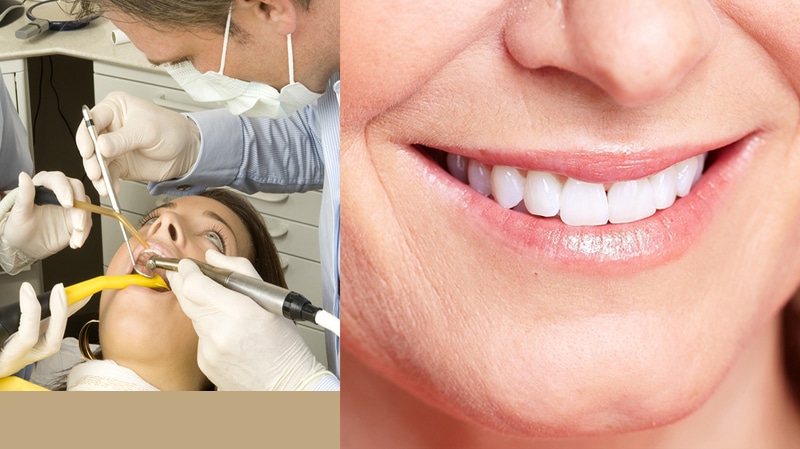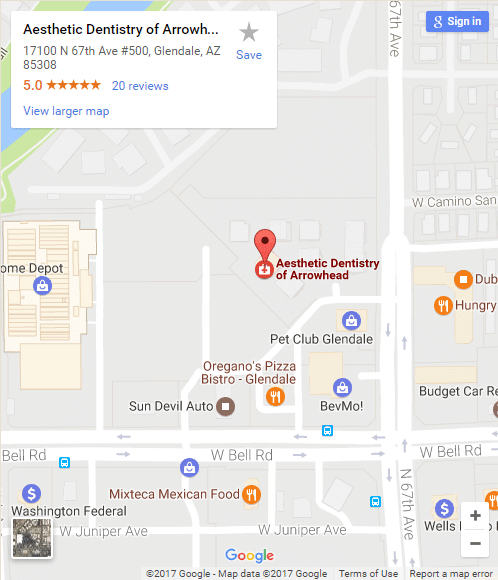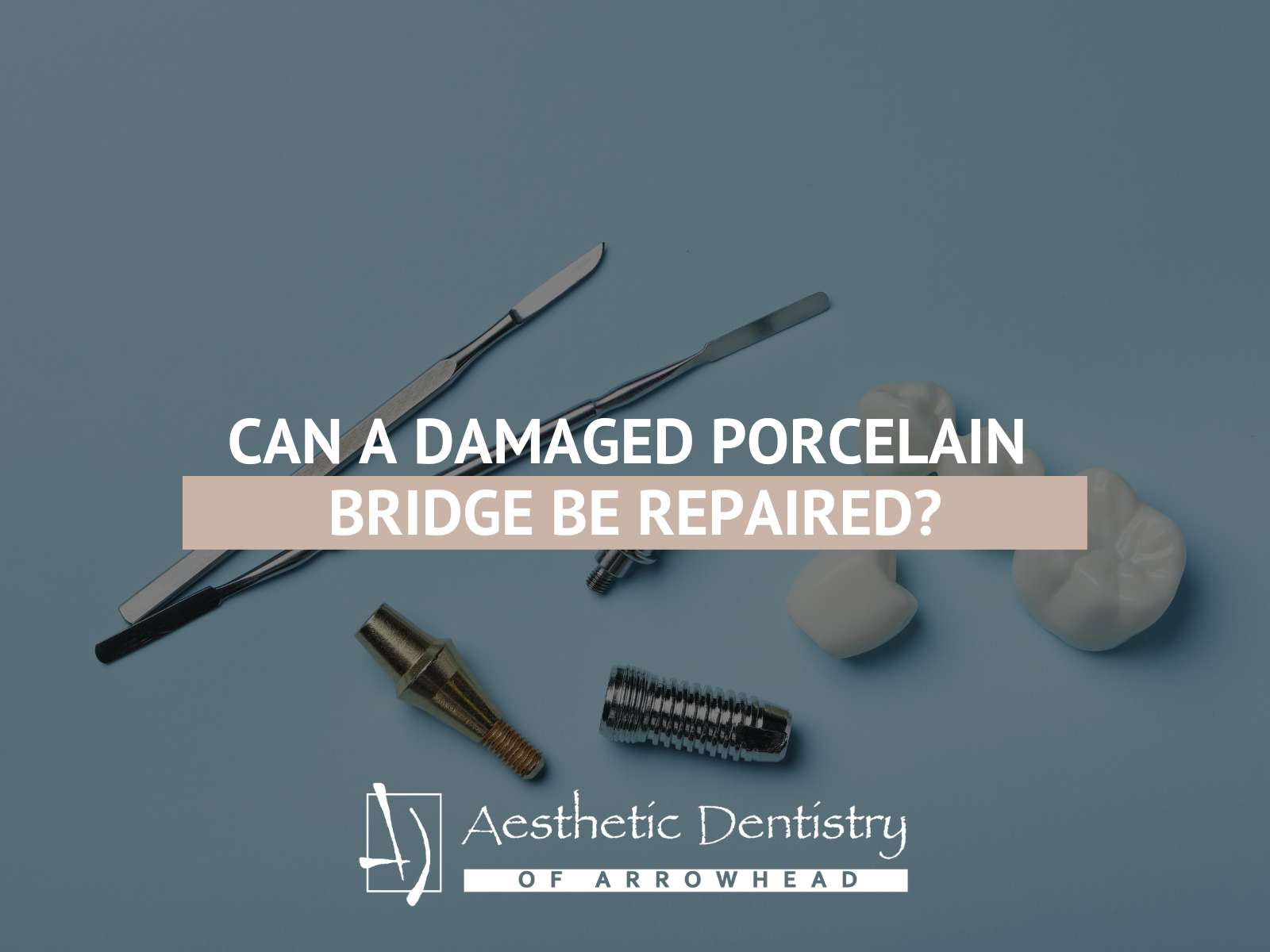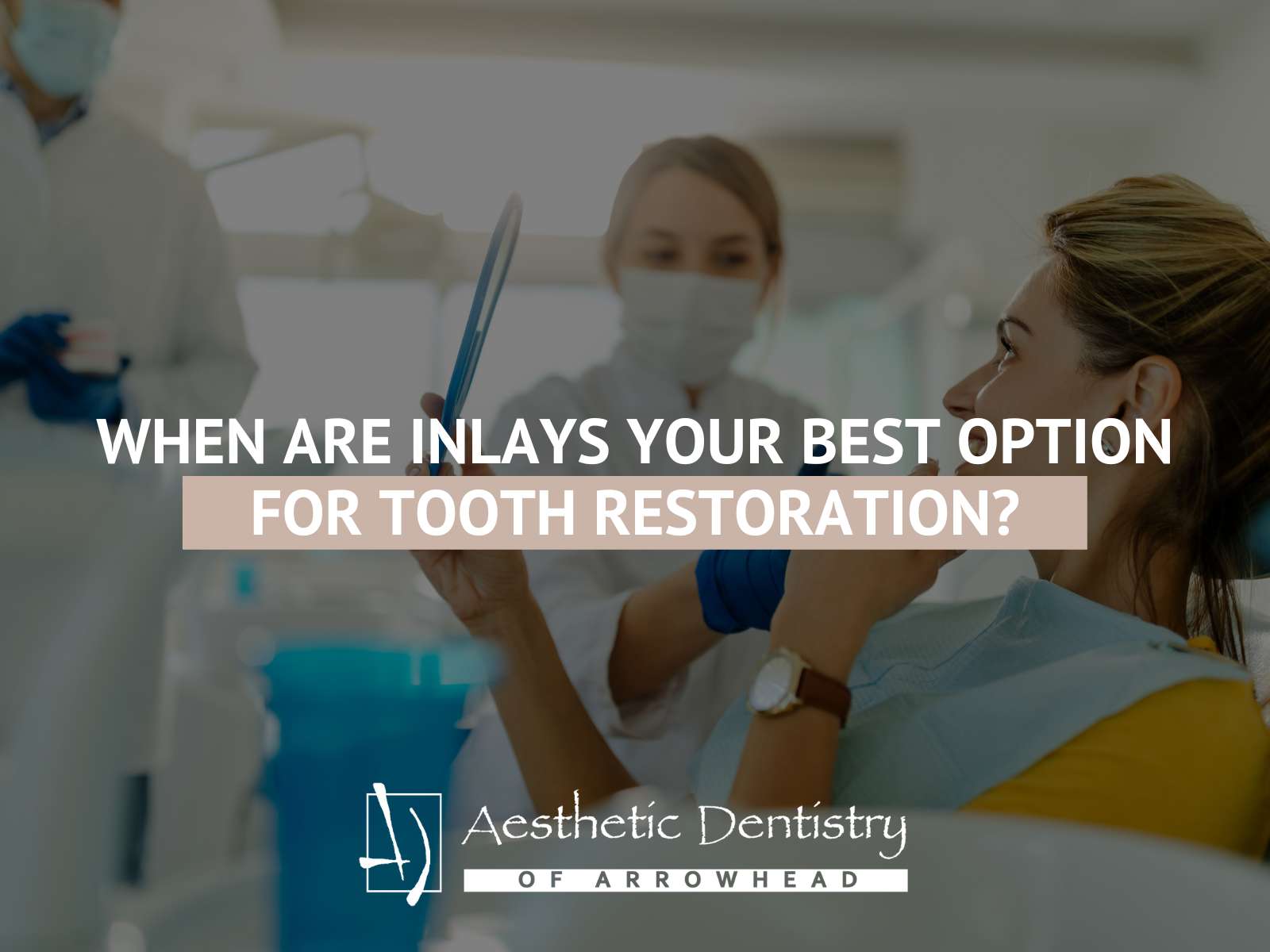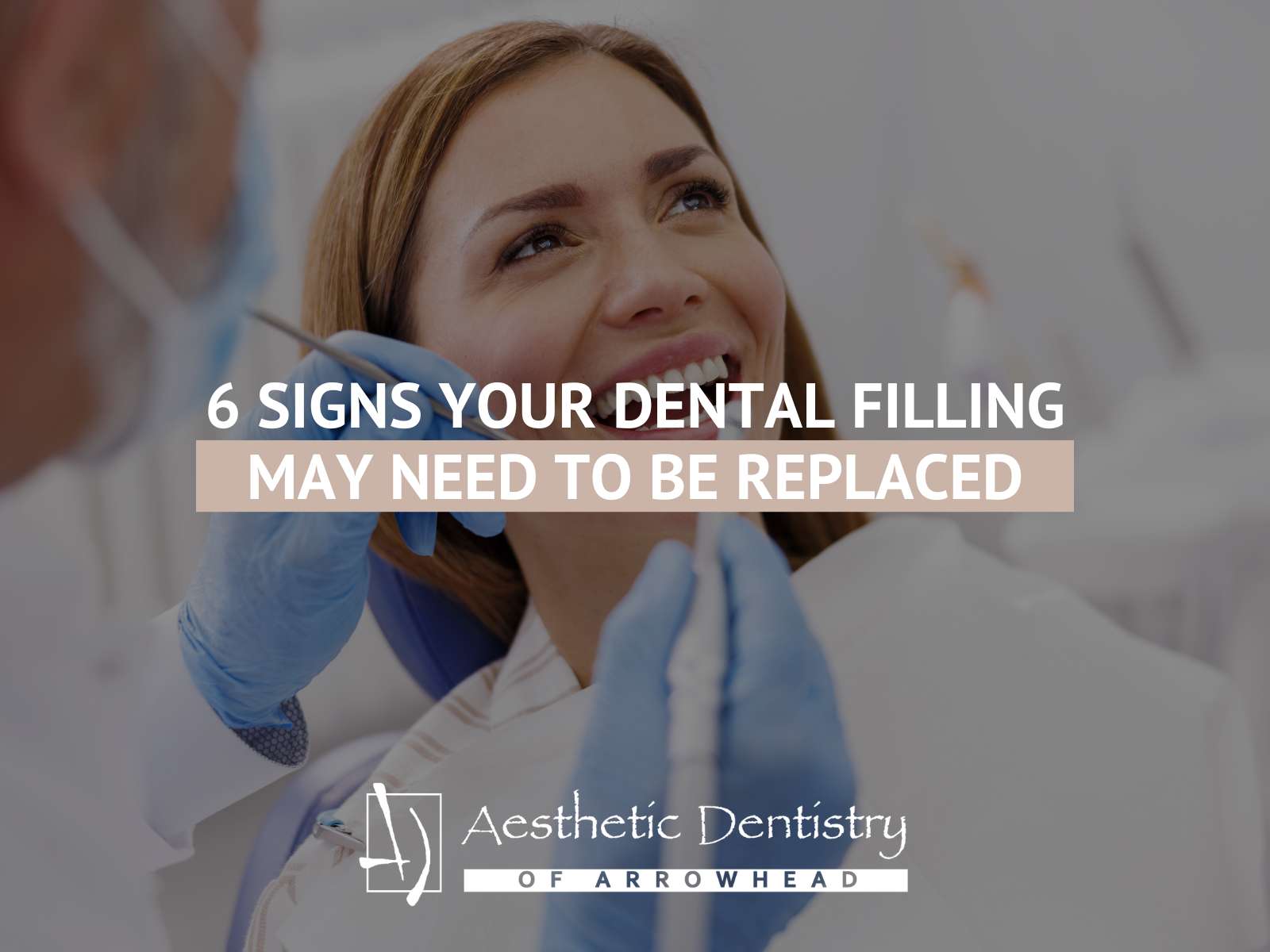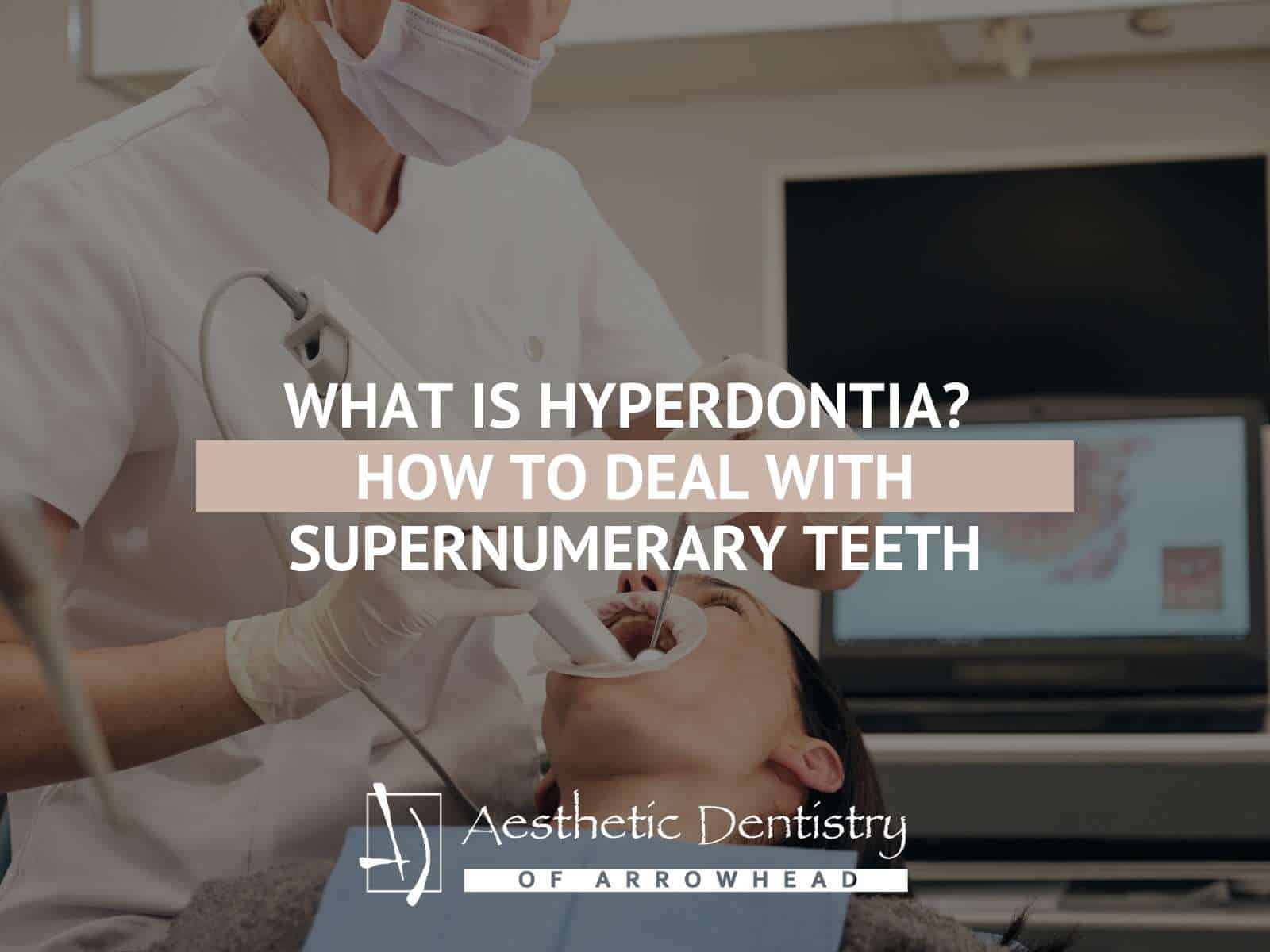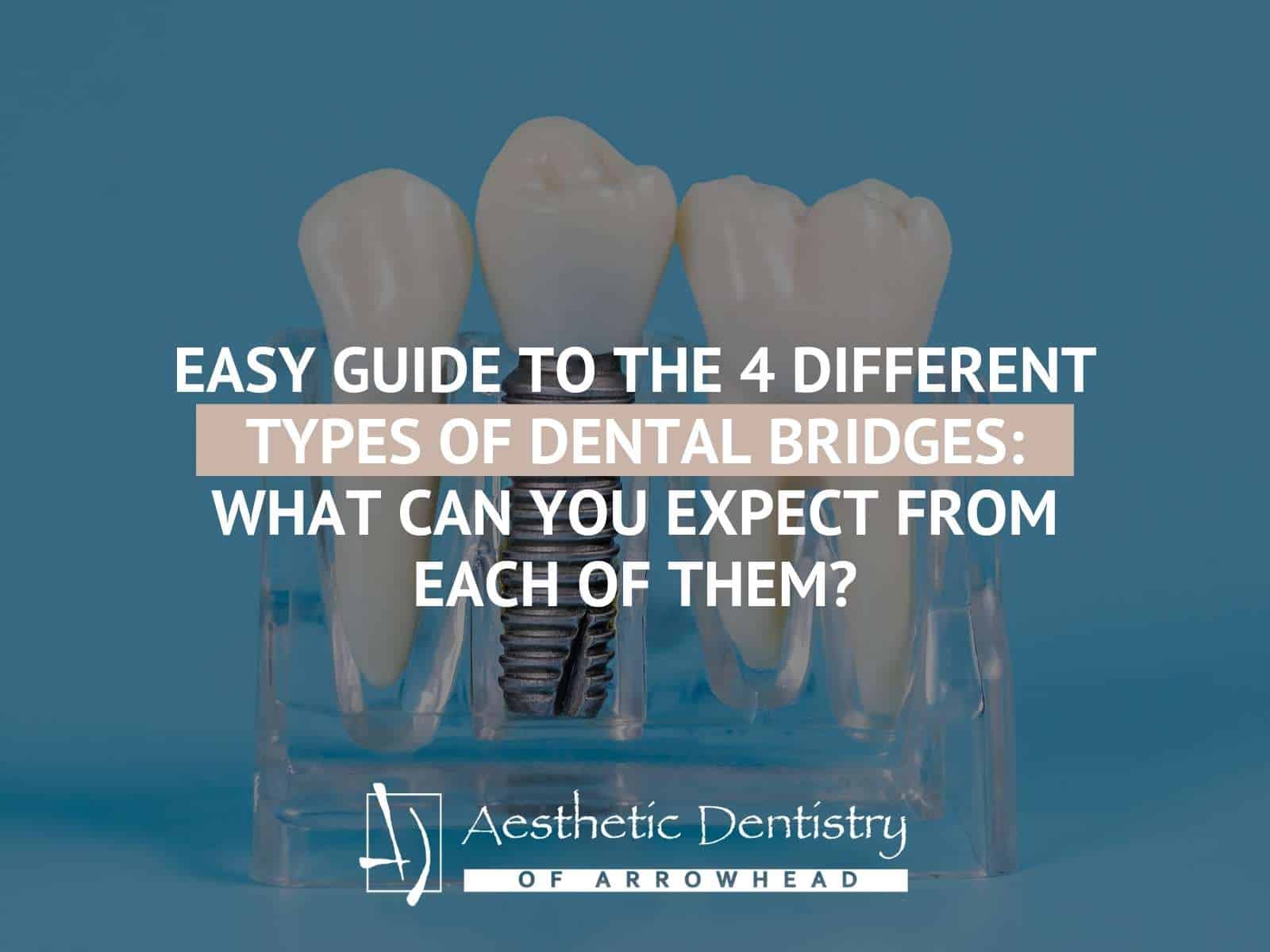Laser Dentistry
Using the latest technology, laser dentistry involves specialized instruments that produce intense concentrated beams of light. This focused heat energy can aid in various types of dental procedures, often reducing bleeding, pain, and swelling.
How Laser Dentistry Works
A dental laser consists of an electricity source and mirrors that guide the beam of light, gas or solid matter through which the light passes, and a tube for directing the light. Different types of lasers exist, including soft tissue and hard tissue lasers. Their design and the wavelengths of light used depend upon the dental application. As well, the intensity and duration of heat, wavelength of the laser beam, and pulse time depend upon the procedure the dentist is performing.
Hard Tissue vs. Soft Tissue Lasers
If a doctor wants to precisely cut into bone or teeth, a hard tissue laser is the best choice. Hard tissue lasers work well to prep teeth, for removal of tooth structure, and to repair certain fillings. With soft tissue lasers, these devices can cut into soft tissue while also sealing off blood vessels and nerves.
Lasers can be used for:
Benefits of Laser Dentistry
Laser dentistry offers several significant advantages over traditional dentistry techniques, including:

